Leaderboard
Popular Content
Showing content with the highest reputation on 09/11/2019 in all areas
-
This was a rather large update. Not so much in any of my reviews but a major shuffle in prices which changes the equation on some units as far as desirability. Steve's Guide to Gold Nugget Detectors Here are the highlights. THIS IS NOT THE FULL REVIEW, IT’S THE CHANGES ONLY.... FOLLOW THE LINK ABOVE TO READ THE FULL REVIEW! The Nokta/Makro Gold Racer dropped from $599 to $509 putting it in direct competition with the Fisher Gold Bug (basic model $449) and Minelab X-Terra 705 Gold at $499 plus the Fisher Gold Bug Pro at $549. That's a killer deal for a 56 kHz full featured detector. All the Nokta/Makro models had serious price drops, as it appears the U.S. importer was keeping prices artificially high. Nokta/Makro stepped in and corrected the situation, leading to the decreases. The Nokta/Makro Gold Kruzer was reduced from $749 to $636, a couple bucks less than the Garrett AT Gold but the Kruzer is 61 kHz and comes with two coils. This effectively puts the AT Gold out to pasture as a “new with warranty” nugget detector option in my opinion unless Garrett lowers the price. Waterproof, built in rechargeable battery, wireless, 61 kHz and two coils... the Gold Kruzer may be the best package price available right now in a VLF nugget machine. The Tesoro Lobo SuperTRAQ was deleted from the list. Tesoro is out of business, and although a few of these may be on dealer shelves still the is no warranty on them so they are gone as far as I am concerned. The Nokta/Makro AU Gold Finder with two coils came down from $799 to $679, the same price as the now departed Tesoro Lobo. The Minelab Gold Monster went UP to $849! I still have it as a "Steve's Pick" but that could change to the White's Goldmaster 24K if White's gets more coils out. More and more users are giving the 24K a thumbs up. The 24K is $729 but do remember the Monster comes with two coils and the 24K just the one now that the Intro deal is over. My "Steve's Picks" are aimed at first time buyers so I am sticking with the Monster for now due to simplicity compared to other less expensive but more complicated options. The same reason I am still showing the Gold Bug basic as a pick - it's simple and effective. The XP ORX dropped from $899 to $795 with a $649 wired headphone option. At $649 it's a good deal. A note on the Minelab GPX 4500 - rumored to be discontinued soon but still on Minelab website as current. And finally Minelab SDC 2300 increased from $3750 to $3799 No doubt about it, competition really heated up in 2019 with lots of pressure on VLF prices. Now if we could get some competition going in the PI detectors in both price and ergonomics things would be great!5 points
-
Disregard the previous post by me. Sold my Deus due to lack of ID normalization with the HF coils and I could barely see the mineralization bar which I want to be able to see when I'm gold prospecting. Also I just don't like the Deus audio. I know it tells me a lot but it is SOOOOOO scratchy and ugly. That's just me, for the rest of you it may sound absolutely beautiful!. I had XP seller's remorse and picked up the new ORX. I have been struggling with the audio on it too. I ditched the supplied wireless back phones since they hurt my big head after about 45 minutes. I have two sets of Deteknix/Quest wireless modules and head phones which are much more comfortable AND mellow the ORX audio enough for me to detect all day with them and the ORX. Also, I sold the HF elliptical coil and went with the new X35 9" coil. It is definitely making the ORX a better coin and jewelry detector since the X35 has the much more versatile five different frequency ranges instead of the three on the HF coils. It may just be me but the X35 coil seems to have cleaned up the audio a bit and also seems a little hotter than the HF coils. So..........in my opinion (I still do not like the audio by the way) -----The ORX is a pretty good coin and jewelry detector......... -----The ORX is an excellent relic detector in heavily infested iron sites, in open fields with or without lots of iron in Coin Fast, Coin Deep or the Gold modes. I am finding out through testing and two days in Colorado gold fields recently that the ORX with the X35 9" coil is a very good prospecting detector. It has no trouble hitting hard on small gold .2 grams or slightly less down to about 4" here and will hit hard on larger gold and non ferrous targets with the 27.7 kHz setting on the X35 9" coil. I have compared it in the field with the Equinox 800 and the Makro Gold Kruzer. At 27.7 kHz, in Gold 1 and Gold 2, the ORX does just as well as those two excellent detectors in their Gold Modes (NOX) and Gen mode (Kruzer). By the way, don't hesitate to use the other three discrimination modes on the Gold Kruzer for prospecting if you have one. I have seen very little difference in depth of detection for small gold nuggets between all 4 modes on the Gold Kruzer except for the Boost mode which is a beast for gold prospecting!!! Like the Nox, those three discrimination modes on the Gold Kruzer have lots of helpful features for gold prospecting that are not available in the Gen mode. There are several methods of iron recognition on the ORX for prospecting. You can hunt with Iron Volume OFF, Iron Amplitude Rejection on ZERO and just use the numerical target ID numbers 0 to 15 or so and the iron probability bar and all ferrous and non-ferrous targets will sound similar depending on depth and size. You can turn the Iron Volume ON, set the IAR to 1 and listen to the iron grunt along with watching the TIDs and the probability bar. This basically makes the ORX a 2 tone detector in the Gold Modes. You can turn the Iron Volume ON and set the Iron Amplitude Rejection on 1 to 5 and the iron grunt will be minimized more and more the higher the IAR is set. At the highest setting (5) it is possible to discriminate deeper non ferrous targets however, depending on size, depth and amount of mineralization. You can also turn the Iron Volume OFF, set the IAR to where surface to shallow small iron targets or large deep iron target audio responses will just start to crackle and split (usually around setting 2 or 3) compared to non-ferrous targets which will sound really nice and use the target ID numbers and iron probability bar to help determine if the target's distorted audio response is signaling a probable ferrous target. In regard to Steve's earlier review on page 1, the iron tone break point is only available in the Coin modes. It is movable throughout the entire target ID range. In fact, the ORX entire 3 tone audio system is somewhat similar to the Teknetics G2+ and the F19 in how it operates apart from not having any notch features. The low iron tone can be silenced by turning OFF Iron Volume. Otherwise, Iron Volume does not have an adjustable volume control in the Coin Modes. Iron Volume can also be turned ON or OFF in the Gold modes. The Iron Amplitude Rejection settings do turn the volume down by default on the iron grunt somewhat with Iron Volume ON. So, the IAR acts as the Iron Discrimination settings adjustment in the Gold modes. There is no changing pitch -raising or lowering the tones to different pitches- adjustment for any of the three tones in any mode on the ORX. All the audio is similar to VCO in the Gold modes and sounds (to me anyway) like pitched VCO in the Coin modes. The ORX with the HF 9" round coil and the X35 9" round coil is very comfortable to swing. With the X35 coil you can literally take the coil and lower stem off of the rest of the telescoping shaft, put the controller in your pocket if you like, and sweep the coil in all sorts of places like sides of washes, tailings piles or down into deeper crevices and holes that would be awkward with the coil attached. You can't do that as easily with the HF coils due to the battery falling out of the stem if you aren't careful. I like the round coils better for putting the ORX down in uneven terrain too, since the shape of the coil will help the ORX not fall over. It is next to impossible to keep the ORX with the HF elliptical coil from falling over even on perfectly flat ground. I haven't run into any areas that the ORX ground grab ground balance could not handle yet. In my area, IAR set at 3 takes care of many of the hot rocks too. So, if you are a dry land prospector, relic hunter or occasional coin and jewelry detectorist and need an easily back packable, extremely light weight, very good detector with plenty of features, AND you aren't grossed out by the squawky, farty audio, the ORX is a great choice and if you shop carefully dealers are letting some bundled versions of these go for less the $600 brand new if you haggle. Jeff3 points
-
Dealing with some family issues me, my wife and a group of friends finally made a trip to the central Colorado mountain’s to search for gold specimens on tailing piles that have been productive in the past. Part of the group this was their first time using a detector searching for gold specimens. After a brief overview of the history and different areas to search, we spent some time setting up the different types of detectors to achieve the best results. We then took off in different directions with some partnering up with others for additional instruction. It didn’t take long for the 10,000+ foot altitude to begin taking its toll and the steep terrain limiting the area they wish to search as everyone was cautious for their well-being while detecting. The group detected for three days and four specimens were found. Here are a few pics showing the wire and leaf gold specimens as found and then cleaned: Close up of the largest gold specimens: Couple of us detecting on the tailing piles:2 points
-
I am so impressed with the Trash Density feature on my Etrac. Coping from the manual, emphasis mine: In Low setting, E-Trac locks onto the strongest signal target during detection and the detector displays the most stable Target ID. In High setting, E-Trac searches for the best accepted target signal during detection and then displays the most stable Target ID. I love this feature on my Etrac. Instead of blanking out all the time I'm only hearing whats inside my accepted pattern. I attribute my latest gold chain find wholly to this feature as the nulls were masking it on my first circuit. Went back through with Trash Density High and no nulls and the little 11-01 low tone peeped. Couldn't even pinpoint it without removing all the surrounding trash, which included a wire coat hanger. I was very impressed. That little 11-01 peep turned out to be 26" of .585 gold chain. I got to go back with the 8" coil and see what I missed. HH Mike2 points
-
For me, the run up Highway 395 through the Eastern Sierras to the various Inyo and Mono County goldfields, and then onto the Northern Nevada fields, has always be a favorite of mine. Talk about a world-class geology tour. Friend Mitch, for you to reach the top of Mount Whitney in just 6 hour makes you a far better man than I ever was. But then again I was always carrying a heavily loaded backpack. Speaking of Whitney, I had lunch in Lone Pine on Monday...2 points
-
The host rock was dissolve by hydrofluoric acid, unfortunately I didn't keep an eye on it while cleaning or I would have left a little rock to help stabilize the specimen. There was a smaller piece and a few wires that did not remain intact and may or may not held all together if I would have left some of the host rock. It can be handled but it’s somewhat delicate. Some of the wire gold specimens I found are more rigid and can be handled without a problem. Leaving some host rock in my opinion makes the wire gold specimen a little more interesting to look at. The gold specimens pictured were ones that I had found and I was using a GMT with the standard coil. The other gold specimen found was a leaf type variety and my friend was using a NOX 800. The others in the group were not as lucky in finding one. Interesting one of the guys had brought a GPX 4500 and could not detect the wire gold specimen, but all of the others who were using a VLF type detector could detect the wire gold specimen. Here is another wire gold specimen I found in the past in which I left a little of the host rock and limonite (before and after pictures):2 points
-
1 point
-
I have 2 VLF's, Gold Bug and Whites DFX, so I am happy with both, but there are some really some good ones out out there. If I could have a do over, still the Gold Bug, but I would have purchased the 800. Thanks Steve.1 point
-
I replaced the end plug on my Nox and thought others might like the idea. I don't know if anyone else has done this before but I replaced the plug with a bicycle handle bar plug. This was done purely for cosmetic purposes as the plastic end plug it had did its job just fine. These are the ones I went with https://www.amazon.com/PRO-Bicycle-Handlebar-Plugs-Black/dp/B00JATNUGS/ref=sr_1_4?keywords=pro+bar+end+plugs&qid=1567359452&s=gateway&sr=8-4 . Just a simple plastic compression plug with a nice aluminum cap. They came with black coated steel screws though so I'll replace them with stainless ones when I get the chance. There are other brands, styles, and colors of these types of plugs but just make sure to get the right dimensions to fit inside the shaft and not interfere with the arm cuff screw. Many of the listings don't specify the dimensions of the plug. The ones I got have an OD of 23.5mm (the smallest I could find) and my shaft OD is 22.2mm so there's a tiny bit of overhang but my arm cuff is all the way to the rear so it didn't bother me. The only thing I had to do to make them fit was trim about 1/2 in. off the end of the screw to keep it from hitting the arm cuff inside the shaft and I also used some blue loctite to ensure the screw doesn't back out.1 point
-
Yes, so will your Equinox and GB2. In the place I went, I'd use the EQ800 personally for the VDI capability, but that's just me. My buddy does great with the GB2. Be careful though, some of these places aren't really the types you can just wander around and detect randomly. There is a reason a lot of people don't post to forums about it and keep it secretive. I had to do a ton of research just to find a few stray polygons of land, and I'm not talking about the kind of basic research most do to go out prospecting in NV or AZ. Some don't bother with that, and that's gonna get them shut down eventually IMO. These spots are too small to handle much attention and there is a lot of money and power around some of them who would prefer you not be there. The sheriff will ticket you for parking while poor at one spot if he sees your truck on the side of the road.1 point
-
1 point
-
1 point
-
River Detecting for Gold Nuggets - See who gets the Biggest Nugget. Gold Prospector's Jeff ( Smithsgold ) and Gary ( Two Toes ) Head to the Hills in search of rare Gold Nuggets. Watch and see who gets the most Gold and the Biggest Nugget. SG 0101 point
-
I have had luck finding a diamond stud ear ring with my Equinox using Gold 2 and Sensitivity as high as your ground will allow without sending false signals too much. Use the other ear ring to "Air Test" your machine to see what setting gives you the best response. Good Luck!1 point
-
1. In metal detecting, there are no absolutes because there are so many variables to account for and that are not under your control. So take all advice with a grain of salt, including what is to follow. 2. Location, Location, Location. A good site, research, detective work, understanding how people lose things, and experience trump good equipment. If the targets are not there, no machine can help you. 3. Depth is not everything. 4. Getting a detector that has the ability to impart target information via nuanced audio is more advantageous than super precise target ID numbers. Learning the audio language of your detector can often tell you a lot more than a memorizing target ID numbers. 5. Coil control and coverage help give you control over the audio and ensure you get your coil over the maximum number of targets. Overlap your swing and move forward slowly to minimize missed coverage. Often coil coverage is more important than depth, so elliptical coils than can provide that coverage without the added weight of a circular coil of the same diameter as the length of a coil can be advantageous. 6. No site is ever really played out. Targets are masked by junk. No one truly gets their coil over every square inch of ground, and natural and man-made forces such as frost heave, rain drops, plant growth, plowing, and erosion all keep targets constantly moving in the ground. 7. Increasing sensitivity above default settings often just results in more noise, not more depth. 8. If you have the luxury of taking your time with a site, then do so. Visit it repeatedly. Use different detectors, different settings, different coils, and different walking patterns and you be rewarded. Also, see 5 and 6. 9. Use your head when surveying a site. Look for the iron nails you would normally throw in the scrap heap, because they are telltale signs of human presence. Look for high point where people would choose to dwell. Look for water sources. Research the geology of the site if looking for natural precious metals. Look for places where people would choose to rest or gather. On the beach focus on entry points, the standard towel line, refreshment stands, life guard stands, umbrella and chair concessions, cuts that show erosion to old sand and hard pan, know the tides, and check the weather. 10. Learn your detector inside and out. Start with some standard settings. Generally, stick with the defaults until you understand what the settings do and then incrementally adjust to experiment with them. Avoid switching detectors, settings, and modes often unless you know them well otherwise you reset your learning curve. 11. Take nothing for granted (see1) and remember that the best discriminator is your eyes, so when it doubt, dig it out. 12. Try to leave any site the way you found it, if possible. Replace your plugs and pack out both the recovered trash and keepers. 13. Take time to stop and enjoy the scenery and solitude. I detect mainly to get away from the stress of daily life, so the last thing I want to do is make detecting a source of stress by pushing myself or turning the outing into a contest with my hunting buddies, unless that is what we collectively want to do that day, for fun. 14. Be safe. Avoid detecting alone in remote places unless someone knows where you are and when you plan to be back. Carry plenty of water and other necessities for outdoor adventuring. Know your limits. Don't trespass, seek permission. Don't poach someone else's permission. Know the detecting laws wherever you hunt. 15. Join or support a local detecting club. You can learn from the members, meet some great people, and get connections to some great sites. Contribute your knowledge or participate in online forums, like this awesome site. 16.. Most important: Do have fun.1 point
-
I was downhill from Glenn when I found this small Nugget. Haven't weighed it yet but put in on my watch to take the photo for size comparison. In the past, I've used my White's MXT and GMT but this was my first outing with the Nox 800 and standard coil. It was 2" deep and I was using Gold 1, Sensitivity 22, and the factory settings for everything else. It rang up between 2 and 4 with a very solid signal. It's tough hunting those steep tailings piles. I am now scheduled for Hernia Surgery next week!1 point
-
A lot. I don’t have any way to quantify that, it’s just been my experience using the smaller coil.1 point
-
I'm quite pitiful. First ever for me. I dreamed I had the AQ. Craziest dream, I could see the controls and all the features. The whole time (in my dream) I was wondering why I had one. When I woke up I was even more puzzled. In the 20+ years of using metal detectors I've not one time dreamed about any of them. Strange. Must be a SUBCONCIOUS thing I guess. Even though I'm very interested in the machine, I don't think I would ever purchase one just to use one week out of a year but you never know. I'm more interested in the land version to replace my TDI but what goes on behind the scenes "subconscious" is an unknown thing. Still has be puzzled and at times confused as to WHY I would have a dream like that.1 point
-
If by mixed mode you mean true all metal audio simultaneously combined with discriminated audio and/or visual ID, probably about 5 or 6 brands have mixed mode models. In other words most of the Top brands have at least one VLF mixed mode detector. Whites probably has the most models with it (including the V3i, MXT, abd DFX), Garrett has at least one (AT Gold), First Texas (Fisher F75 and Teknetics(see below)), and Nautilus. That includes brands that have audio mixed mode and those that have all metal audio and discriminated vdi. If you want to know more than just how many brands have it and a more detailed breakdown by Steve then read this article. Things haven't changed much since Steve wrote that article, but some additional detectors not mentioned in that article that have True and Pseudo mixed mode include the Teknetics T2 (similar to the F75), Teknetics Omega 8500, XP Deus (Gold Field mode), and Minelab Equinox Gold Mode with Disc off (the last two are debatable, I suppose). Not sure about Nokta/Makro, but they likely have it in their latest models.1 point
-
I've used my Tejon on dry sand with great results, but it's useless over wet salt sand. My Mojave does a lot better on wet salt sand with the 7" stock coil and the High Mineralization setting. It does start to chatter if you put a larger coil on it, though. But the 7" is really stable and has found me some nice targets. The Simplex does sound like a promising option, but we'll have to wait and see if it continues Nokta/Makro's track record of producing good machines. Despite Tesoro closing up shop, I admit I'm still really tempted to pick up a Sand Shark for water hunting. It may not be the most rational choice but... Tesoros are like potato chips: it's hard to stop at just one! -Ken1 point
-
I love playing in the old ghost town iron type of sites out west. Been swing the Xp deus 2014. I preorder the EQ 800. Took the EQ 800 to all my old iron sites. I think I gave it a fair shake. I put about 200+ hard hours in with the EQ 800 in the iron type sites. About half of that with the 6" coil. The EQ 800 is a awesome machine for sure i love it! For my heavy junk and iron type ghost town/Relic type sites I grab the Xp every time. For more modern junky parks I would grab the EQ 800 first for deep coin shooting. If im hard core jewelry hunting and old park looking for that gold ring ill grab the Xp with the HF coil.1 point
-
Hey Fred, thanks. There has been this growing backlash on the internet against what has been perceived as "official tester hype". It has gone too far now with continuous personal attacks. One guy on Findmall and on Friendly has gone so far as to label testers as "trained monkeys". As a tester I don't find that sort of talk to be very friendly and as a result I set up this forum and have basically stopped posting elsewhere. If people think testers posting reviews on forums is hype, then I just won't do it anymore except for on this forum. Anyone coming here and reading what I have to say by seeking me out and then complaining about it is an idiot and can expect to get the boot. You don't want to hear what I have to say then don't come here! How is that for miffed? Anyway, as time has passed I have been trying to better craft my posts so as to avoid this sort of accusations of hype developing. Much to my dismay people really do hear what they want to hear anyway so it seems a bit futile at times. In my book however trying to put the right tools in the right hands is always the better strategy for the long run. Hype just results in destructive blowback and so really should be avoided for sound long term business reasons. Good products just prove themselves over time. If anything Minelab fights an uphill battle each time as the troops of Minelab haters pile on first. It usually takes a year to sort out, and in the end Minelab products almost without fail (there are a few exceptions) have proven to be real winners.1 point




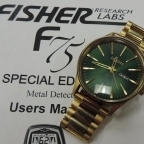
.thumb.jpg.76aadc9c4aa93f09bd40dfb8a15493d3.jpg)
.thumb.jpg.20eae786647536f19f631a538570e01f.jpg)
.thumb.jpg.5532e821c5de395f7d041ba97a40a0f3.jpg)
.thumb.jpg.c1d4eb62e3f537112e965f5cfc69dca4.jpg)
.thumb.jpg.0d395c7b9da103b0a597fab662649fd6.jpg)
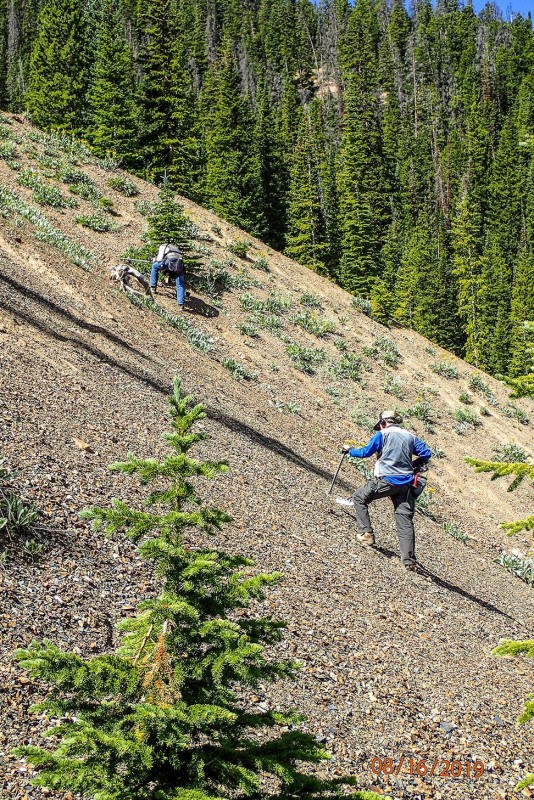
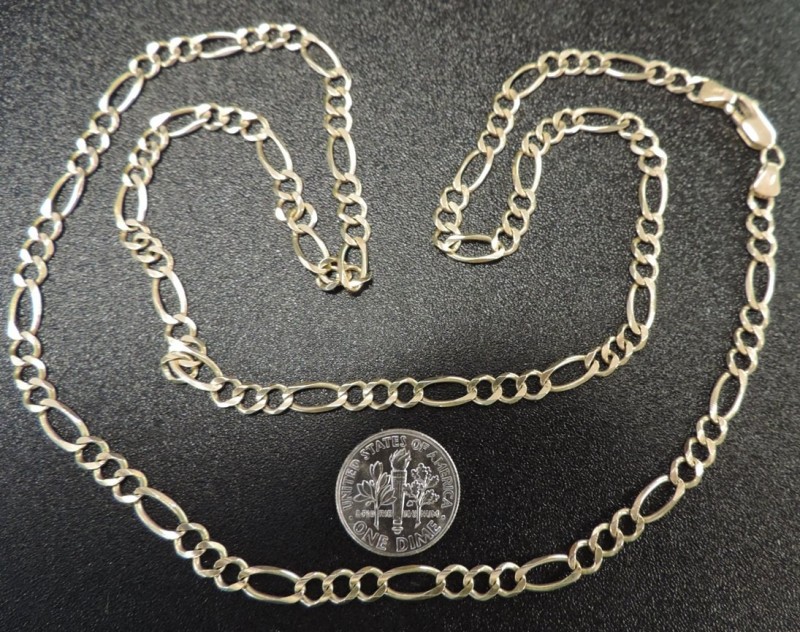
.thumb.jpg.9eedee57b7de07389c4fbc38cb3eedec.jpg)
.thumb.jpg.708cf7b0b4439542bae6a375fc51f0a9.jpg)
.thumb.jpg.c4b72ef05c3595e16c4c2d20d5dab7fd.jpg)
.thumb.jpg.40adf150754f814cdf512faa60430b1c.jpg)
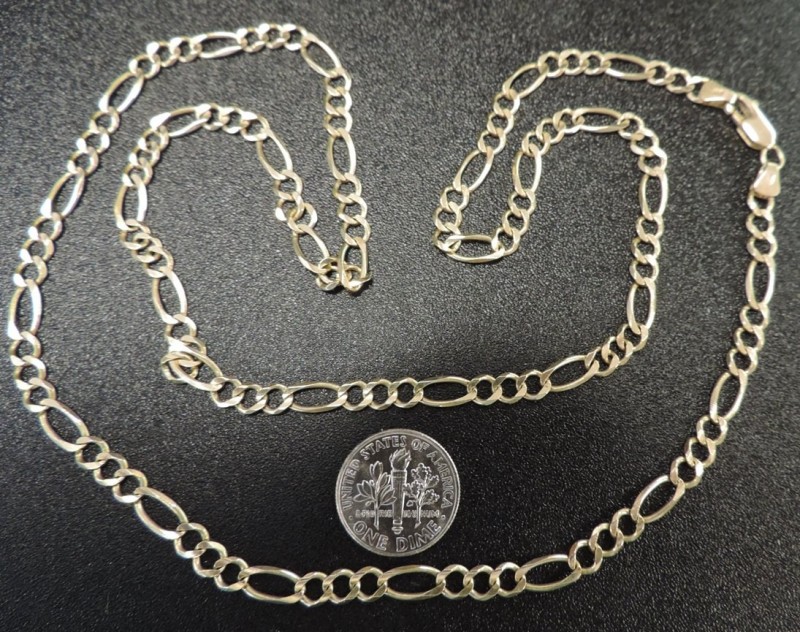
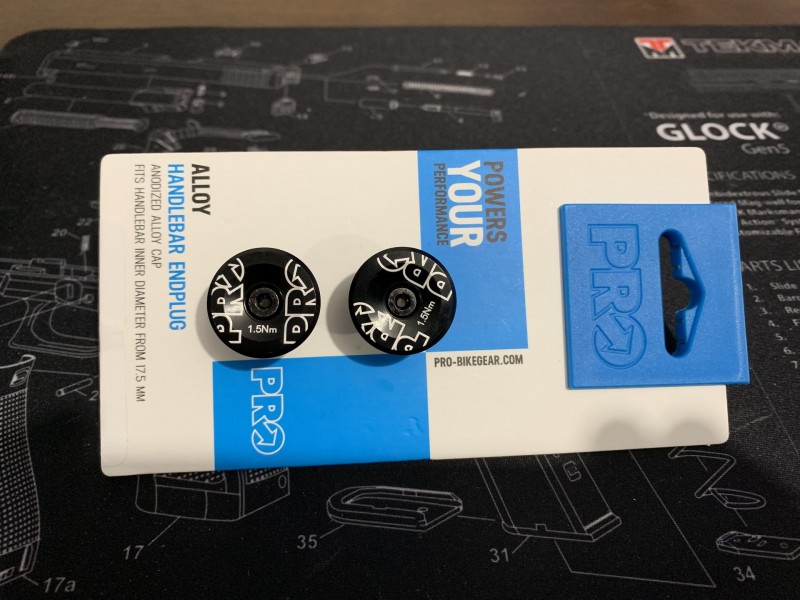
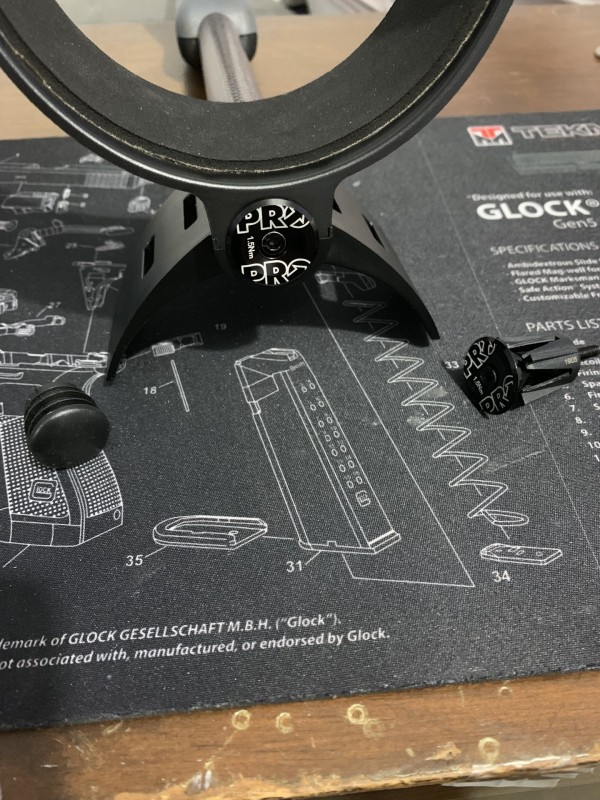
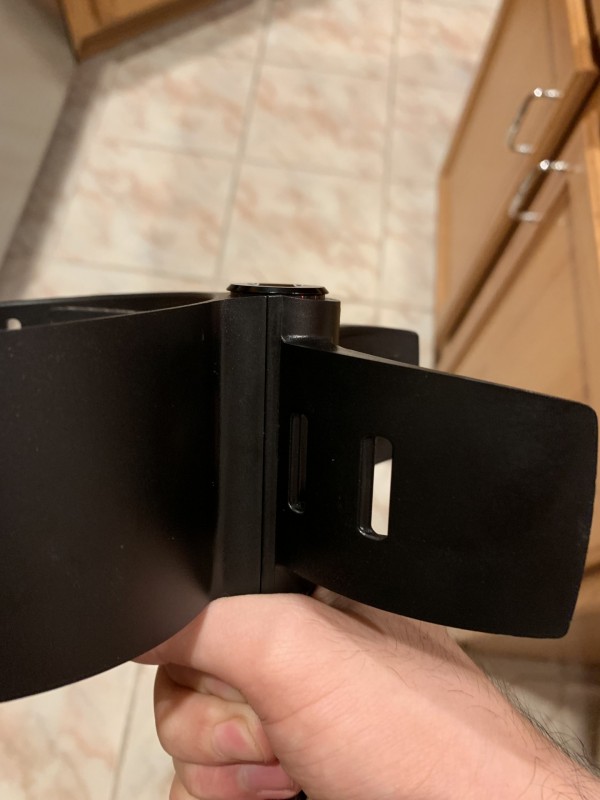
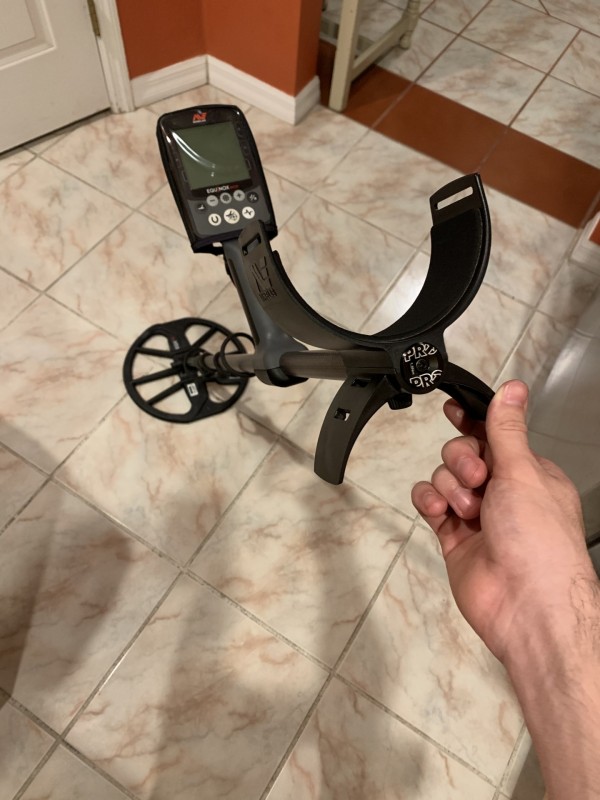


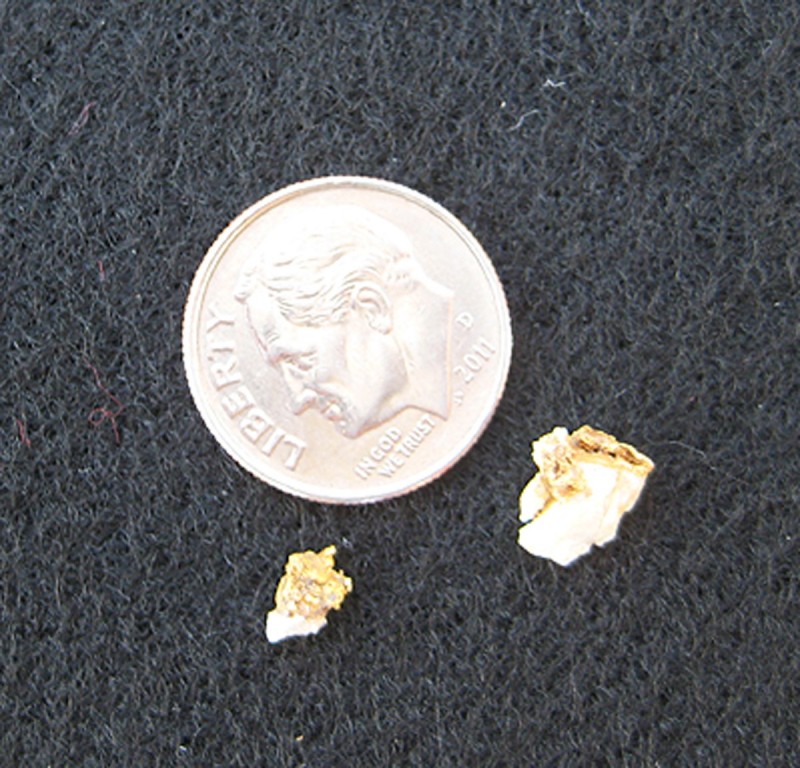


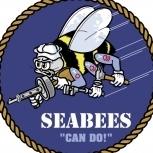
(1).thumb.png.8e7a6cc7820a86cd4539952816693441.png)